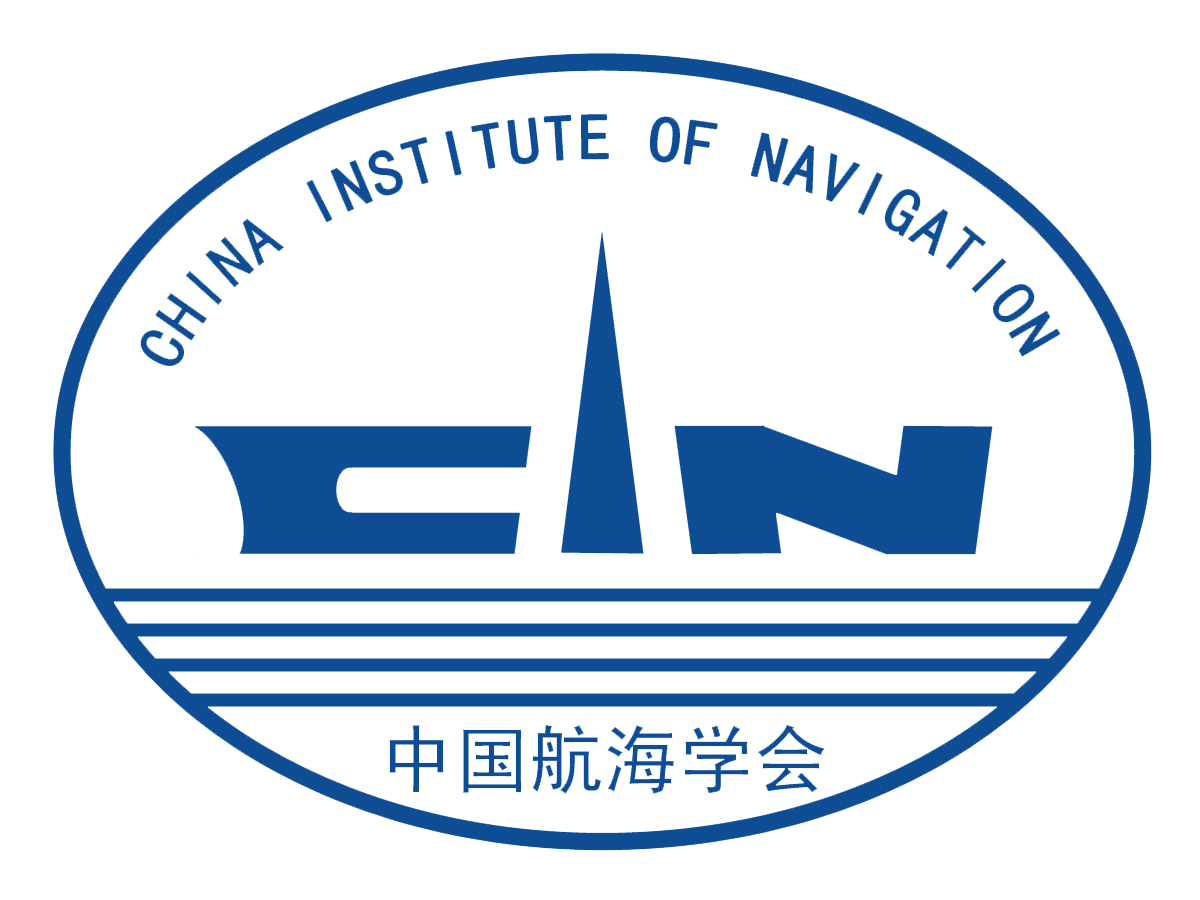这天,“凯蒂”号驶经赤道海域。
大厨皮特首次过赤道。按照赤道附近居民的习俗,首次过赤道的海员要举行赤道的仪式;赤道附近的居民装扮成各式各样的“小鬼”,簇拥着身着龙袍头戴龙帽的“龙王”,在激昂的锣鼓声中走上甲板,为首过赤道的海员进行洗礼和祈福,并按每个人的特征,“龙王”为其起个过赤道的绰号。
这是项古老而传统的娱乐活动。
大厨皮特人高马大,还有个圆圆的啤酒肚。“龙王”拍着皮特的大肚皮,笑着说:“酒桶!”
平时,就对自己肥胖懊恼的皮特一脸茫然和无奈,连声叫苦道:“酒桶,酒桶,该死的酒桶!”
站在一旁的米奇尔船长,哈哈大笑起来:“好名,好名!”
米奇尔船长不仅幽默开朗知识渊博,还特意在船上设了间“海上书屋”,里面有许多有关航海知识的书籍。
“酒桶”是航海史上最早的船!“秤呢!米奇尔船长大声叫到。
为了解开皮特心中对“酒桶”的疑惑,米奇尔船长专门安排人邦厨:“安心到书屋去找答案啦!”
刚上船不久的皮特还未光顾过近在咫尺的“海上书屋”呢!
终于,被“龙王”称为“酒桶的”皮特,在“海上书屋”里找到了答案。
古时候,表示船的大小方法有两种;货舱的容积和货物的重量。以谷物运输为主的古埃及,用谷物的容积来表示船的大小。地中海沿岸国家对装运酒的船舶,按装多少酒桶来计算。而以装运盐、铅、铜之类金属为主的古希腊、罗马都照货物的重量交纳各种税收。
可谓五花八门,各行其是。
可是,为多装货,少交税,船东动足了脑筋,也给船舶安全航行带来隐患。
为了确保航行安全,人们对此重大的货物,为防止过载制定了船舶吃水线。对比重小的轻泡货,不允许在船员住舱和储藏舱室装货。
于是,就有了船舶满载吃水线的产生。
真正使船舶有了“船秤”是英国与法国酒类贸易产生的。也就是“酒桶”的功劳。
开始装酒的桶大小不一。直到1416年之后,才逐渐统一起来;容积为34立方英尺,装上酒的重量为2240磅的酒桶得到广泛使用。船舶的大小以能装载酒桶的数量来表示。例如100吨的船,说明该船能装100个这样的酒桶。
久而久之,2240磅的酒桶定为一吨,“酒桶”成了船舶的“船秤”。
但是,开始“酒桶”不是唯一万能的“船秤”。北欧许多国家,比如瑞典、荷兰等国却以一辆马车所截货物来表示船的装载能力。
随着航海和贸易的发展,一种统一确定的方法来计算船舶的吨位的呼声越来越高。
这时,威尼斯一位船老大,用船的龙骨长度乘以船宽再乘以船深,最后除以6的式子来表示船的容积。在英格兰一个所谓的“老木匠”,则以船长、船宽相乘再除以96来表示船的容积。但是对装载货物船舶的丈量船深和龙骨十分困难。
直到1821年,英国政府提出:“吨位的丈量,不应按照目前的装载能力为基础,而应以内部容积为基础”的论断。
这是以酒桶为丈量基础的复活,“酒桶”再次被推上了“台面”。
这种新方法是把甲板长度分为六等分,在这些等分处把深度分成五等分。在这些选定的等分点丈量宽度,算出甲板下的吨位,再与甲板上的吨位加起来,就是船的总吨位。
但是,这个办法推行后,发现比“酒桶”方法丈量的结果大。
1849年,英国政府再次成立了专门委员会,制定了新的丈量法。
新的丈量法是由该专门委员会主席乔治﹒穆尔萨姆提出的,被称为“穆尔萨姆法。”
“穆尔萨姆法”是以尽可能丈量船舶的内部容积为目的,包括甲板以下容积和甲板上做为旅客、货物以及储物间的所有容积。
这种方法很快在欧洲各地兴起。
但是,实践过程中,船员住舱、储物间、燃油舱……不能装载货物。
人们开始把这些不能载货的容积从总吨位上减去,就有了“净吨位”的“亮相。”
1872年,在君士坦丁堡专门召开的国际会议上确定了这个新的吨位丈量规则:“穆尔萨姆法。”
在这个新规则执行初期,各国虽然都采用了“穆尔萨姆法”,却各自颁发船舶吨位证书,由于丈量时无差异,相互间承认对方的船舶证书。
“酒桶”规则得到了真正的认可和执行。
1969年,国际海事组织(IMO)正式确定了“穆尔萨姆法”的法律地位。
“酒桶”在制定船舶吨位过程中的作用,至今常常被海员们津津乐道。
“酒桶”皮特的额外收获,成了“凯蒂”号船员茶余饭后的谈资。
The cargo ship Katherine was sailing through equatorial waters on this fateful day.
It was the first time Paul, the Katherine’s head chef, had ever sailed on the equator.
According to the cultural customs of countries near the heated region, sailors who crossed the
equator for the first time had to participate in a Line-Crossing Ceremony.
Usually, the locals of the towns and cities near the equator dressed up as magical
creatures with the Golden Dragon at their center, and marched onto the ship while playing a
ceremonial drum beat. They put the young seafarers under a series of trials, and performed a
welcoming ritual before giving each new sailor a nickname.
This is an old but greatly entertaining tradition for the townspeople who lived on the
islands near the equator.
The new crewmen of the Katherine were initially nervous about their Line-Crossing
Ceremony, but ended up having a lot of fun. When they got to the nickname segment of the
ritual, the Golden Dragon went up to Chef Paul, looked at his burly figure and his beer belly,
and declared, “Wine Barrel!”
Paul, who never really minded his plump body before, suddenly felt insecure. He looked
down at his midsection, and exclaimed, “Wine barrel! My stupid wine barrel!”
But Captain Mickey and his crewmates stood next to Paul, patted him on the shoulder,
laughed, and said, “Wine barrel is a great nickname!”
Captain Mickey was known around the SS Katherine as a friendly, optimistic, and
lighthearted captain who also had an interest in nautical knowledge and books. Before setting
sail for the first time, Captain Mickey converted one of the craft’s storage units into a library,
complete with many novels and encyclopedias about seafaring and maritime history.
“The wine barrel is instrumental to nautical history!” Captain Mickey told Paul,
“Without wine barrels, the ships that we know and love today woul be very different.”
Paul shook his head, knowing that Captain Mickey was only trying to lift his spirits. In
order to prove his word to Paul, Captain Mickey told Paul and his fellow sailors to go to the
ship’s library and look for answers.
Since Paul had not been traveling with the Katherine for very long, it was his first time
in the library. Though the room that the library stood in was small, its contents were vast and
expansive, as if thousands of worlds and histories could fit into one tiny room onboard a ship.
After spending many hours of his free time inside the humble library, Paul finally unearthed
the story of the wine barrel.
Before the development of modern technology, there were only two ways of deciphering
the size and weight of a steamship: the volume of the storage areas and the weight of the
cargo held. In Ancient Egypt, cargo ships mostly transported crops and food contents, so the
volume of grain was mainly used to measure the volume of the ship. Similarly, vessels from
the islands in the Mediterranean frequently carried alcohol, so the barrels of wine the storage
was able to contain were used to measure the ship’s volume and weight. And for nations that
shipped salt, lead, copper, and metals, like Ancient Greece and Ancient Rome, the weight of
the metals they brought were even used to calculate taxes.
These techniques were generally efficient. However, they allowed shipowners to think
of ways to transport more cargo at lower costs and to pay lower taxes, which brought a
certain degree of danger to long distance travel. So in order to maintain the safety of
shiphands and crew members, officials announced that a waterline had to be drawn on the
outside of every ship. This way, they could easily tell whether or not a ship was overweight.
But the creation of measuring units for the ship’s weight was actually invented by
English and French wine trading companies, and it was all thanks to wine barrels.
When wine barrels were first created, they were not uniform in size. Barrels of all
shapes and sizes existed until 1416, when their standard volume became 34 cubic feet and
could hold wine weighing a maximum of 2240 pounds. From then on, the shipping capacity
of ships became measured in the number of wine barrels it could withhold without going
under the water line. For example, if a ship could carry 100 barrels of wine, then its weight
was 100 barrels.
Eventually, with wine barrels weighing 2240 as the guideline, barrels became the most
commonly used scale of measurement for ships, but not the only one. Many other European
countries, like Switzerland and Holland, used the amount of cargo a horse wagon could carry
to indicate the capacity of ships.
With the development of nautical navigation and trade, the call for a uniform
international scale became more and more urgent. To search for a clearer method of
measurement, a Venetian shipowner measured the depth and width of his ship, multiplied
them together, and divided it by 6 to calculate the volume of the vessel. Similarly, a carpenter
from England multiplied the depth and width of his craft and divided it by 96. But neither of
them knew if their measurements were accurate.
It wasn’t until 1821 when the English government asserted that the capacity of cargo
ships shouldn’t be measured on the basis of how much cargo was currently in the ship, but by
its internal volume and the total of what it could contain.
This new method involves dividing the length of a cargo ship’s deck into six equal
sections, and then measuring the depth of these equal parts and dividing them into five
different sections. The volume of these sections plus the volume of the parts of the ship both
under and above the deck yielded the total volume of the entire ship.
After the implementation of this method, shipowners found that the total volume of their
vessels were greater than the volume that they calculated before with barrels.
In 1894, the British government attempted to set up another committee to find a new
measuring method for a craft’s volume.
After the committee worked together to brainstorm the perfect way to measure the
capacity of ships, a new technique was suggested by a member of the committee named
George Moorsom.
Moorsom set a number of rules that shipowners needed to adhere to when measuring
ships. For example, the internal volume of each craft had to be divided by 100 cubic feet to
produce a gross register tonnage, and the net register tonnage was the volume remaining after
subtracting the volume of spaces used for machinery and other non-revenue producing
functions.
Most European shipowners accepted this method of measurement, and it became
widespread. In 1872, at an international conference in Constantinople, shipowners from all
across the globe endorsed the measurement, and officially named it the Moorsom Method.
At the beginning of the implementation of the Moorsom Method, although all nations
adopted the technique, each issued a different certification of ship capacity, but since the
measurement procedure was consistent, countries quickly accepted each others’ certificates.
The ship-measuring technique that was at first brought forth became official.
In 1969, the International Maritime Organization (IMO) cemented the Moorsom Method
as international law.
In the process of becoming an important measurement law, the wine barrel was often the
punchline of many sailor jokes. But now, Paul and his crewmates recognized the value of his
nickname and saw the seemingly mundane barrels in a new light. The fascinating history of
the ship measurement became a beloved anecdote amongst the sailors on the Katherine.
来源: 中国航海学会


 科普中国公众号
科普中国公众号
 科普中国微博
科普中国微博

 帮助
帮助
 中国航海学会
中国航海学会 
